Unveiling the Wonders of Nature: Notable Discoveries from TRCA’s Environmental Monitoring Team – PART ONE!
Toronto and Region Conservation Authority’s (TRCA) dedicated team of biologists gather a wealth of data on the many species inhabiting the forests, wetlands, and meadows within our jurisdiction.
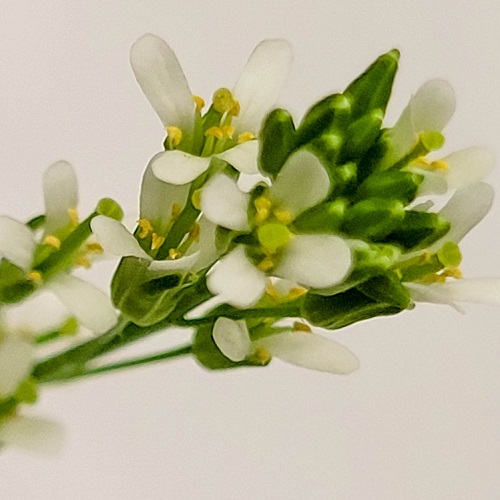
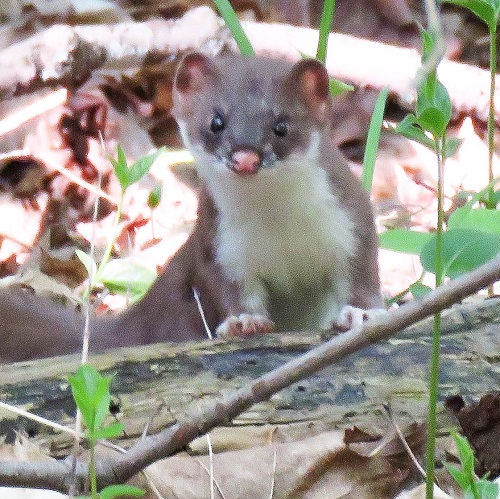
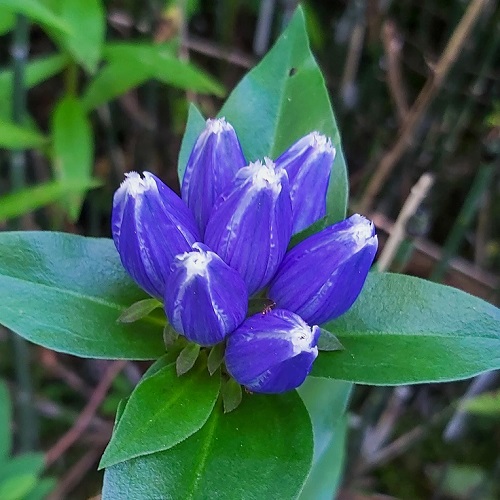
This window into the health of biodiversity in our region plays a pivotal role in guiding initiatives such as habitat restoration, land use decisions, and watershed planning across TRCA’s jurisdiction.
The data we collect each year is fundamental to nurturing a robust natural heritage system that supports the well-being of residents and supports biological diversity with viable populations of native species.
Every year brings new discoveries and success stories. In this two-part series of posts, we delve into 2023’s most captivating field stories from Toronto and surrounding regions.
Today, we put the focus on fauna!
AMERICAN STOAT (Mustela richardsonii)
Encountering the American Stoat, formerly the Short-tailed Weasel, is a thrilling experience, as this mammal often remains hidden from view.
The individual pictured below was observed foraging alongside one of the trails in the Whitevale Corridor.

TRCA has extensive knowledge of the regional status and distribution of the more conspicuous birds and frogs that call out during breeding season. It’s rewarding to encounter, as well, some of the more elusive mammals that inhabit our natural spaces!
MUSTARD WHITE (Pieris oleracea)
In late May, this subtle beauty was photographed taking flight in the Whitevale Corridor, south of Whitevale village.
This unimposing butterfly is rare in our region, and can be easily overlooked.
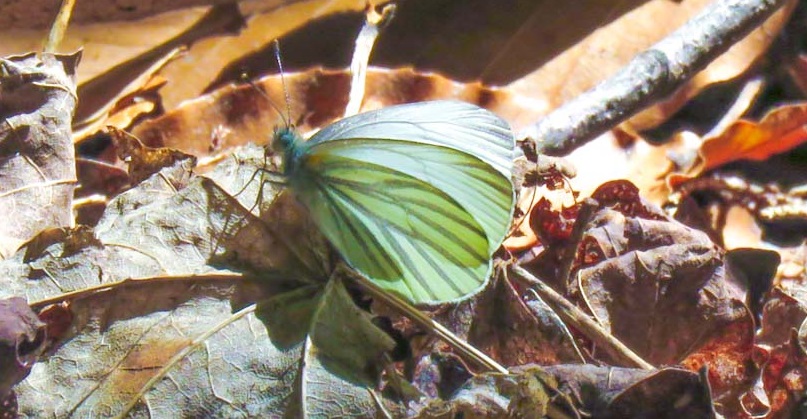
There are only four regional records of the Mustard White on the citizen science platform iNaturalist.
Butterflies of Ontario reports that this once common insect may be retreating to woodland habitats due to competition for its foodplants (mustards) from the introduced and abundant Cabbage White (Pieris rapae).
RED CROSSBILL (Loxia curvirostra)
An unusual mid-May sighting at Glen Haffy Trout Ponds brought the Red Crossbill (aka Winter Finch) into focus.
The observation of two separate birds hints at the possibility that the species might be breeding locally.
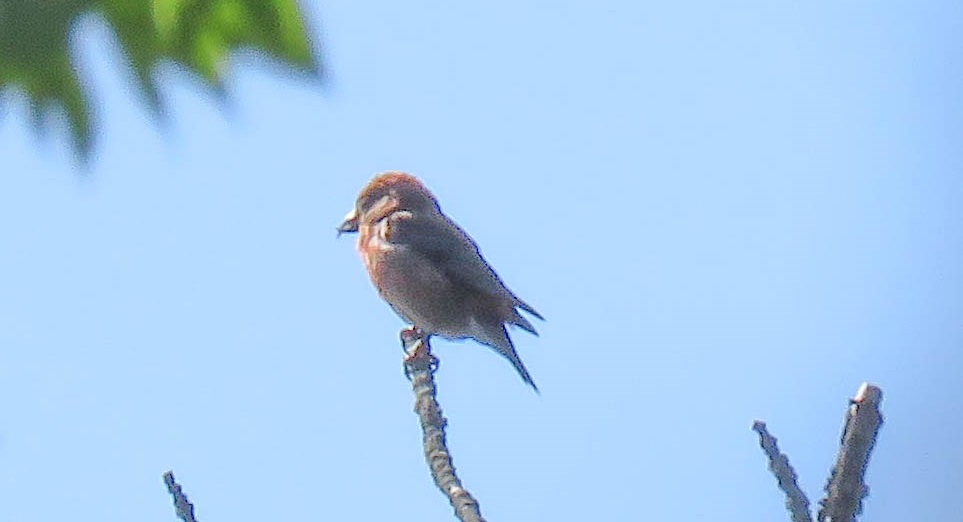
Further investigation through the birding site eBird reveals some additional observations in the area during the months prior to the sighting by TRCA biologists.
TRCA only has a few other potential breeding records from previous years, from the extreme northeast and northwest corners of the region.
UPLAND SANDPIPER (Bartramia longicauda)
In the Bolton area, a member of the birding community tipped us off about a pair of Upland Sandpipers residing in good breeding habitat.
This discovery marked the first regional breeding record of this ground-nesting meadow species by TRCA in 15 years!

Meadow birds face mounting pressures from habitat destruction and other disturbances, making meadow restoration work by TRCA crucial for their survival.
Here’s hoping we won’t have another 15-year wait to witness a breeding pair of Upland Sandpipers in the Toronto region.
VIRGINIA RAIL (Rallus limicola)
Species such as Virginia Rail (pictured below) and Sora breed in wetland habitats, nesting in vegetation above open water and foraging in shallow water or mudflats.
These birds often remain elusive, making sightings a matter of being in the right place at the right time.

Wetland bird records have been numerous this year – possibly owing to higher water levels from a wet spring and summer.
EASTERN MILKSNAKE (Lampropeltis triangulum)
During biological inventories, we found a healthy adult Eastern Milksnake sheltering from the sun beneath an overpass in the Bolton area. Unfortunately, we also found two young Milksnakes that had fallen victim to road mortality.

Besides these finds, we know of other sites in the Bolton area that support healthy populations of this species.
Eastern Milksnakes, known for mimicking the venomous Massasauga (Sistrurus catenatus) by vibrating their tails in dry vegetation to make a “rattle”, are non-venomous and pose no threat to people or pets.
These natural wonders and discoveries – from elusive mammals to rare butterflies – reveal the rich biodiversity of TRCA’s jurisdiction, and underscore the importance of monitoring efforts to safeguard such remarkable species.
Spotted some interesting wildlife in your area? Share your observations with TRCA on X (formerly Twitter), Instagram, Facebook, or LinkedIn!
Scientific data collection and research informs decisions affecting the natural areas and watercourses within our region. Learn more!
